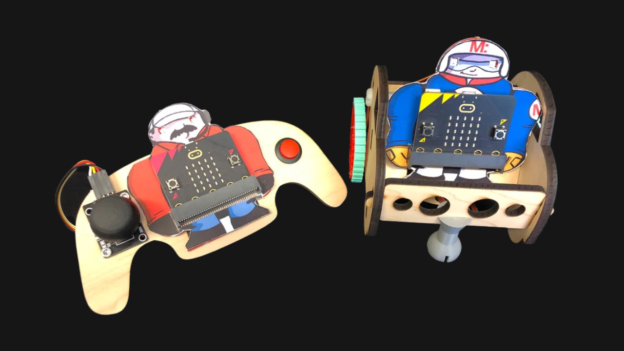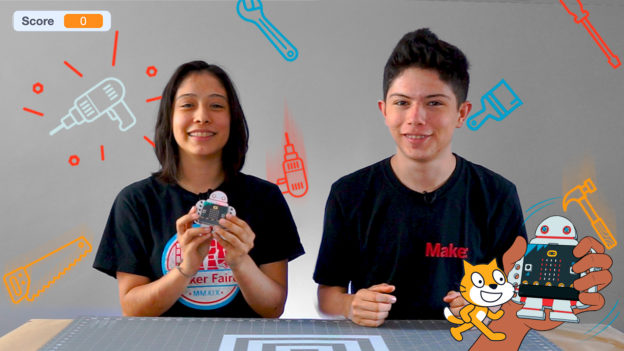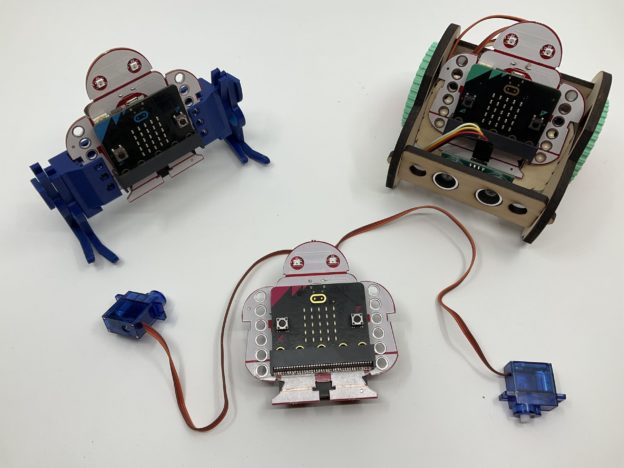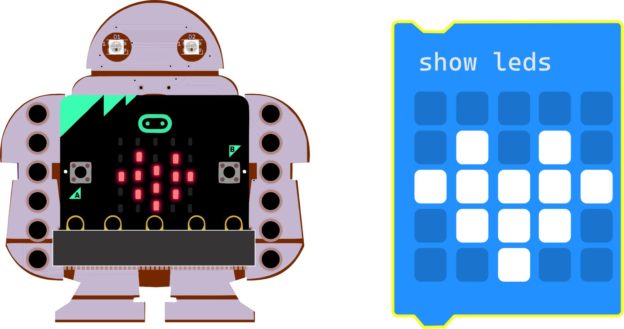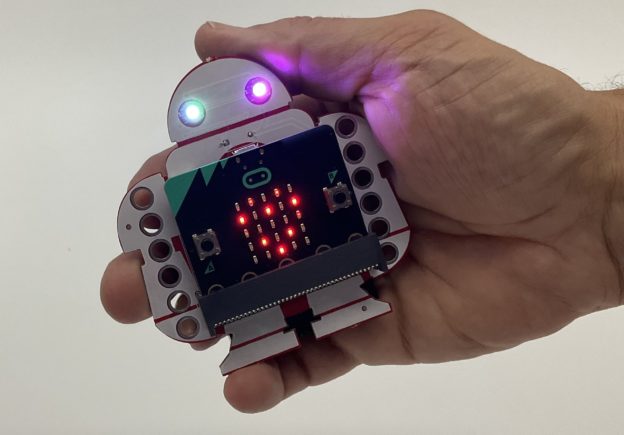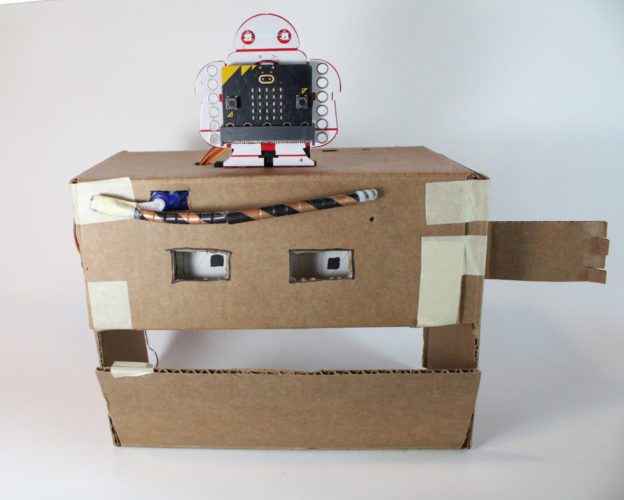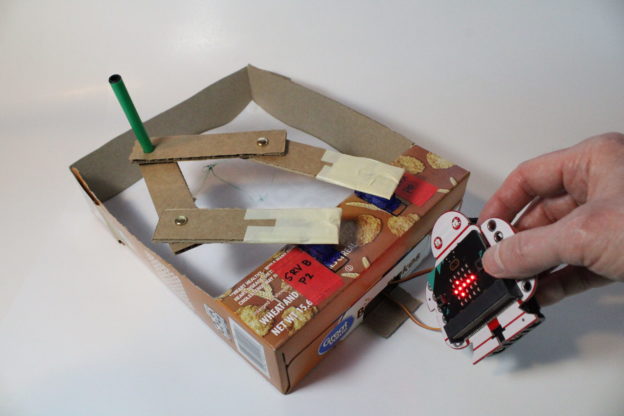Open to access this content
Content Category: STEM or STEAM
ISTE Standards (International Society for Technology in Education)
The ISTE Standards provide the competencies for learning, teaching and leading in the digital age, providing a comprehensive roadmap for the effective use of technology in schools worldwide.
1.1 Empowered Learner
Summary: Students leverage technology to take an active role in choosing, achieving, and demonstrating competency in their learning goals, informed by the learning sciences.
1.1.a Students articulate and set personal learning goals, develop strategies leveraging technology to achieve them and reflect on the learning process itself to improve learning outcomes.
1.1.b Students build networks and customize their learning environments in ways that support the learning process.
1.1.c Students use technology to seek feedback that informs and improves their practice and to demonstrate their learning in a variety of ways.
1.1.d Students understand the fundamental concepts of technology operations, demonstrate the ability to choose, use and troubleshoot current technologies and are able to transfer their knowledge to explore emerging technologies.
1.2 Digital Citizen
Summary: Students recognize the rights, responsibilities and opportunities of living, learning and working in an interconnected digital world, and they act and model in ways that are safe, legal and ethical.
1.2.a Students cultivate and manage their digital identity and reputation and are aware of the permanence of their actions in the digital world.
1.2.b Students engage in positive, safe, legal and ethical behavior when using technology, including social interactions online or when using networked devices.
1.2.c Students demonstrate an understanding of and respect for the rights and obligations of using and sharing intellectual property.
1.2.d Students manage their personal data to maintain digital privacy and security and are aware of data-collection technology used to track their navigation online.
1.3 Knowledge Constructor
Summary: Students critically curate a variety of resources using digital tools to construct knowledge, produce creative artifacts and make meaningful learning experiences for themselves and others.
1.3.a Students plan and employ effective research strategies to locate information and other resources for their intellectual or creative pursuits.
1.3.b Students evaluate the accuracy, perspective, credibility and relevance of information, media, data or other resources.
1.3.c Students curate information from digital resources using a variety of tools and methods to create collections of artifacts that demonstrate meaningful connections or conclusions.
1.3.d Students build knowledge by actively exploring real-world issues and problems, developing ideas and theories and pursuing answers and solutions.
1.4 Innovative Designer
Summary: Students use a variety of technologies within a design process to identify and solve problems by creating new, useful or imaginative solutions.
1.4.a Students know and use a deliberate design process for generating ideas, testing theories, creating innovative artifacts or solving authentic problems.
1.4.b Students select and use digital tools to plan and manage a design process that considers design constraints and calculated risks.
1.4.c Students develop, test and refine prototypes as part of a cyclical design process.
1.4.d Students exhibit a tolerance for ambiguity, perseverance and the capacity to work with open-ended problems.
1.5 Computational Thinker
Summary: Students develop and employ strategies for understanding and solving problems in ways that leverage the power of technological methods to develop and test solutions.
1.5.a Students formulate problem definitions suited for technology-assisted methods such as data analysis, abstract models and algorithmic thinking in exploring and finding solutions.
1.5.b Students collect data or identify relevant data sets, use digital tools to analyze them, and represent data in various ways to facilitate problem-solving and decision-making.
1.5.c Students break problems into component parts, extract key information, and develop descriptive models to understand complex systems or facilitate problem-solving.
1.5.d Students understand how automation works and use algorithmic thinking to develop a sequence of steps to create and test automated solutions.
Open to access this content
Open to access this content
Open to access this content
Open to access this content
Open to access this content
Open to access this content
Open to access this content


